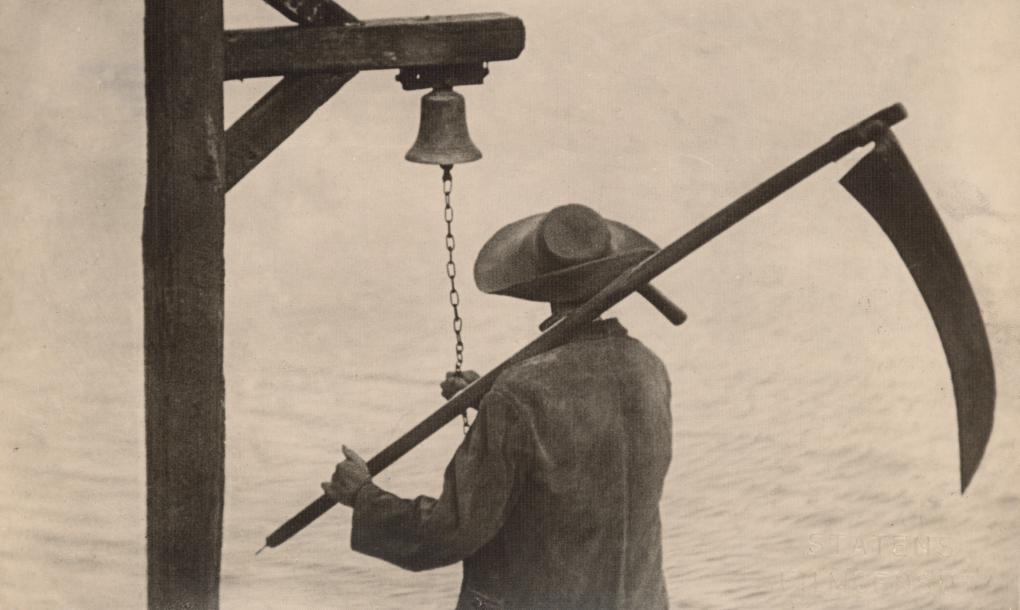Vampyr (Carl Th. Dreyer, FR/DE, 1932).
Vampyr (Carl Th. Dreyer, FR/DE, 1932).
Vampyr (Carl Th. Dreyer, FR/DE, 1932).
Vampyr (Carl Th. Dreyer, FR/DE, 1932).
Vampyr (Carl Th. Dreyer, FR/DE, 1932).
Vampyr (Carl Th. Dreyer, FR/DE, 1932).
Vampyr (Carl Th. Dreyer, FR/DE, 1932).
Vampyr (Carl Th. Dreyer, FR/DE, 1932).
Vampyr (Carl Th. Dreyer, FR/DE, 1932).
Vampyr (Carl Th. Dreyer, FR/DE, 1932).
Vampyr (Carl Th. Dreyer, FR/DE, 1932).
Vampyr (Carl Th. Dreyer, FR/DE, 1932).
Vampyr (Carl Th. Dreyer, FR/DE, 1932).
Vampyr (Carl Th. Dreyer, FR/DE, 1932).
Vampyr (Carl Th. Dreyer, FR/DE, 1932).
Vampyr (Carl Th. Dreyer, FR/DE, 1932).
Vampyr (Carl Th. Dreyer, FR/DE, 1932).
Vampyr (Carl Th. Dreyer, FR/DE, 1932).
Vampyr (Carl Th. Dreyer, FR/DE, 1932).
Vampyr (Carl Th. Dreyer, FR/DE, 1932).
Vampyr (Carl Th. Dreyer, FR/DE, 1932).
Vampyr (Carl Th. Dreyer, FR/DE, 1932).
Vampyr (Carl Th. Dreyer, FR/DE, 1932).
Vampyr (Carl Th. Dreyer, FR/DE, 1932).
Vampyr (Carl Th. Dreyer, FR/DE, 1932).
Vampyr (Carl Th. Dreyer, FR/DE, 1932).
Vampyr (Carl Th. Dreyer, FR/DE, 1932).
Vampyr (Carl Th. Dreyer, FR/DE, 1932).
Vampyr (Carl Th. Dreyer, FR/DE, 1932).
Vampyr (Carl Th. Dreyer, FR/DE, 1932).
Vampyr (Carl Th. Dreyer, FR/DE, 1932).
Vampyr (Carl Th. Dreyer, FR/DE, 1932).
Vampyr (Carl Th. Dreyer, FR/DE, 1932).
Vampyr (Carl Th. Dreyer, FR/DE, 1932).
Vampyr (Carl Th. Dreyer, FR/DE, 1932).
Vampyr (Carl Th. Dreyer, FR/DE, 1932).
Vampyr (Carl Th. Dreyer, FR/DE, 1932).
Vampyr (Carl Th. Dreyer, FR/DE, 1932).
Vampyr (Carl Th. Dreyer, FR/DE, 1932).
Vampyr (Carl Th. Dreyer, FR/DE, 1932).
Vampyr (Carl Th. Dreyer, FR/DE, 1932).
Vampyr (Carl Th. Dreyer, FR/DE, 1932).
Vampyr (Carl Th. Dreyer, FR/DE, 1932).
Vampyr (Carl Th. Dreyer, FR/DE, 1932).
Vampyr (Carl Th. Dreyer, FR/DE, 1932).
Vampyr (Carl Th. Dreyer, FR/DE, 1932).
Vampyr (Carl Th. Dreyer, FR/DE, 1932).
Vampyr (Carl Th. Dreyer, FR/DE, 1932).
Vampyr (Carl Th. Dreyer, FR/DE, 1932).
Vampyr (Carl Th. Dreyer, FR/DE, 1932).
Vampyr (Carl Th. Dreyer, FR/DE, 1932).
Vampyr (Carl Th. Dreyer, FR/DE, 1932).
Vampyr (Carl Th. Dreyer, FR/DE, 1932).
Vampyr (Carl Th. Dreyer, FR/DE, 1932).
Vampyr (Carl Th. Dreyer, FR/DE, 1932).
Vampyr (Carl Th. Dreyer, FR/DE, 1932).
Vampyr (Carl Th. Dreyer, FR/DE, 1932).
Vampyr (Carl Th. Dreyer, FR/DE, 1932).
Vampyr (Carl Th. Dreyer, FR/DE, 1932).
Vampyr (Carl Th. Dreyer, FR/DE, 1932).
Vampyr (Carl Th. Dreyer, FR/DE, 1932).
Vampyr (Carl Th. Dreyer, FR/DE, 1932).
Vampyr (Carl Th. Dreyer, FR/DE, 1932).
Vampyr (Carl Th. Dreyer, FR/DE, 1932).
Vampyr (Carl Th. Dreyer, FR/DE, 1932).
Vampyr (Carl Th. Dreyer, FR/DE, 1932).
Vampyr (Carl Th. Dreyer, FR/DE, 1932).
Vampyr (Carl Th. Dreyer, FR/DE, 1932).
